The Persian meat patty dish known as kotlet is, essentially, what happens if a hamburger woke up one morning and decided to be a potato pancake. What’s so special about that you ask? Well, everything. For starters, it has the Goldilocks texture we’re looking for: because of the copious amount of potatoes and onions in the grind, the exterior crisps while the inside stays soft, providing a supple mouthfeel that’s easy for young ones to eat and enjoy. The seasoning is vivid but accessible: lots of warming spices (i.e. cinnamon, cumin) are present, but the meat and potatoes make them manageable. Sure, it’s just a meat patty, but it’s a darn good one.
It’s also a particularly good dish to evolve and expand as your child’s feeding practices and teeth develop–particularly during times of teething. In what follows, I present a toddler version of the real deal version, really highlighting the textures and flavors; in the ‘Adapt’ section below, I also include an infant-friendly version, keeping it soft and simple.
(Check out our other great toddler ground beef recipes!)
If you’re looking for a new way to serve protein and veggies, these kabobs for toddlers are a playful twist on the traditional Iranian kotlet. Soft, pan-fried patties with gentle seasoning make them easy for little mouths to chew, while still introducing new textures and flavors.
The beauty of these kabobs for toddlers is in their simplicity. They’re made with everyday ingredients, cooked until golden, and served alongside dips or fresh produce for a balanced, colorful plate. It’s a familiar comfort food for adults, adapted in a way that makes it perfect for kids just learning to love real meals.
FAQs About Kabobs for Toddlers
When can I serve kabobs for toddlers?
These patties are soft and easy to chew, making them suitable once your toddler is confidently handling finger foods—usually around 12 months. Always adjust portion size and texture to your child’s ability.
How should I serve kabobs for toddlers?
You can cut the patties into smaller bites for beginners, or serve them whole for older toddlers. Pair them with yogurt, hummus, or soft-cooked vegetables for a complete meal.
Are kabobs for toddlers safe?
Yes—since these are kotlet-style patties, there are no skewers involved. Their soft texture reduces choking risk compared to firmer meats, but supervision is always key.
Can I make kabobs for toddlers ahead of time?
Absolutely. These patties keep well in the fridge for a day and can be reheated in a pan or oven. They also freeze well, making them a great meal-prep option.
What seasonings work best?
We keep the spices the same as those you’d find in Iranian kotlet, but we do increase the amount turmeric, cinnamon, and mild herbs (i.e., parsley or dill) and downplay the pepper and cumin in order keep the flavor fresh without overwhelming young palates.
Recipe Links
What to Serve With Kabobs for Toddlers
- Yogurt Soup
A smooth and mild soup that pairs perfectly with grilled kaebobs and adds healthy fats. - Zucchini and Feta Dip
A vivid spread, with hidden vegetables, to dip the kabobs or pita in. - Carrot Fries
A soft-crunch veggie side that keeps the plate balanced and toddler-friendly.
More Toddler-Friendly Recipes Like This
- Meat and Veggie Flatbread (Lahmacun)
Similar savory, high-protein vibes in a different handheld form. - Spiced Chicken Kabob Skewers
A protein-focused, easy-to-eat meal for little hands exploring new flavors. - Beef Skewers
A versatile, high-protein steak recipe that fits naturally into the same meal category.
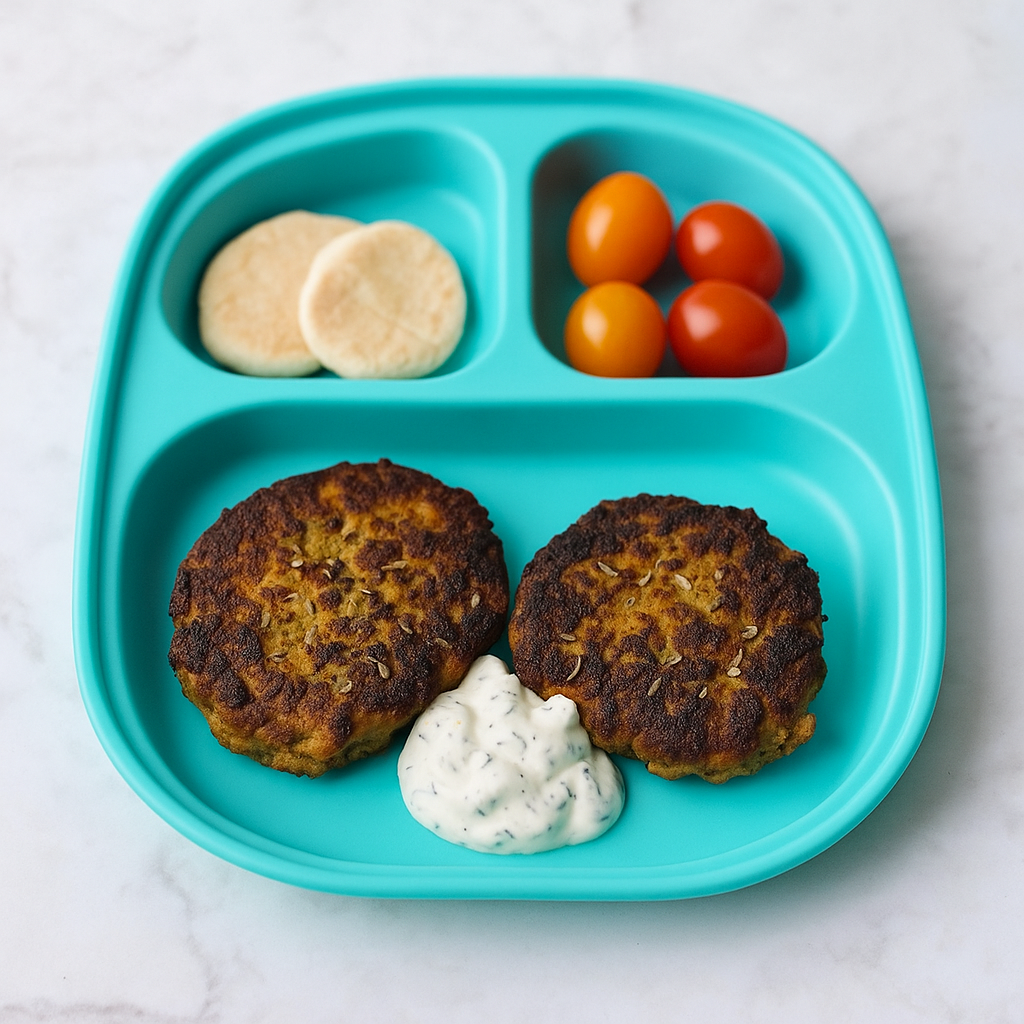
The Best Kabobs for Toddlers (Kotlet)
Description
If you’re looking for a new way to serve protein and veggies, these kabobs for toddlers are a playful twist on the traditional Iranian kotlet. Soft, pan-fried patties with gentle seasoning make them easy for little mouths to chew, while still introducing new textures and flavors.
The beauty of these kabobs for toddlers is in their simplicity. They’re made with everyday ingredients, cooked until golden, and served alongside dips or fresh produce for a balanced, colorful plate. It’s a familiar comfort food for adults, adapted in a way that makes it perfect for kids just learning to love real meals.
Ingredients
Instructions
Prep
-
Poke holes all around the potato and microwave it on High for roughly five minutes. If the potato is soft and a bit chalky, remove and allow to cool; if it’s still hard in some places, continue microwaving at 30-second intervals until innards are soft.
-
When cool enough to do so, remove skin and smoosh contents of potato in a large bowl. Grate or dice half an onion into the bowl, then crack in and mix an egg.
-
Toss in the meat and generous pouring of each spice, then mix all ingredients together until integrated. Refrigerate for 30-60 minutes, if you can.
Cook
-
Put a generous pool of oil in a large pan and set to Medium High. Grab a clump of meat mixture and flatten it into your palm, such that it creates a round patty; place the patty into the pan, then repeat until you fill the pan.
-
Cook for 4-5 minutes, then flip and cook until both sides have a brown and caramelized exterior, which should be about another four minutes on the other side.
Serve
-
Spritz with a bit of lemon, then cut into strips, cubes, or chunks depending on your child’s chewing ability. Our yogurt sauce is great with this, but a little bit of ketchup or tomato sauce is all you need, if anything.
Iranians love to eat kotlet in sandwich form–often cold!--so use bread or bun as an opportunity to stick in some new ingredients, such as diced tomatoes, ripped up spinach leaves, or even hummus into the mix. Makes for a great lunch the next day.
Adapt
-
If making for an infant, preheat your oven to 375, then either grate a raw potato or grab a half-cup of pre-cut frozen hash browns. Grate the onion into a large mixing bowl, discarding any excess liquid; then add the egg and meat as above, along with 1TSP each of cinnamon and garlic + ½ TSP each of the other spices. Toss the grated potato on top, then use your hands to press and shape all the ingredients together. Form into patties; place on an oiled-up baking pan; and cook for twelve minutes, flipping the patties at the six- or seven-minute mark.
Nutrition Facts
Servings 8
Serving Size 2 patties
- Amount Per Serving
- Calories 225kcal
- % Daily Value *
- Total Fat 12g19%
- Saturated Fat 3g15%
- Cholesterol 50mg17%
- Potassium 350mg10%
- Total Carbohydrate 9g3%
- Protein 15g30%
- Vitamin A 200 IU
- Iron 2 mg
* Percent Daily Values are based on a 2,000 calorie diet. Your daily value may be higher or lower depending on your calorie needs.
Note
Note about the fat content of the meat: if you chose to use ground beef with a fat ratio of less than 20%, or if you substitute turkey or chicken in its place, add in a spoonful or mayonnaise to the mixture--this will add additional fat and moisture needed to get a crackly exterior.
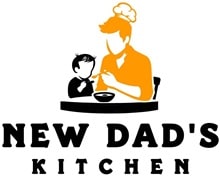




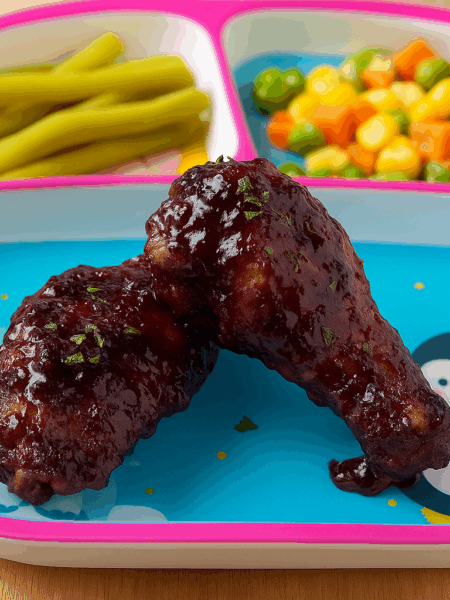

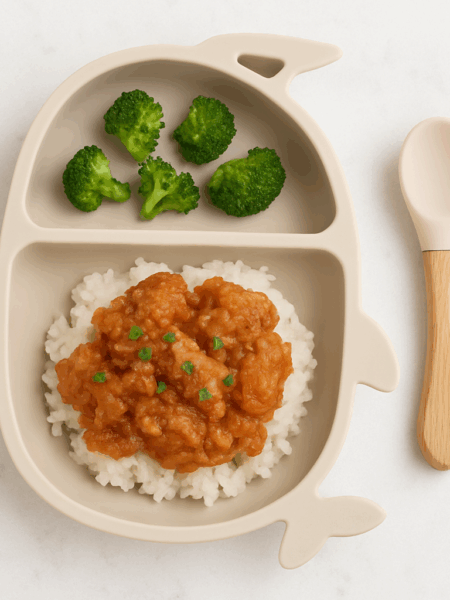
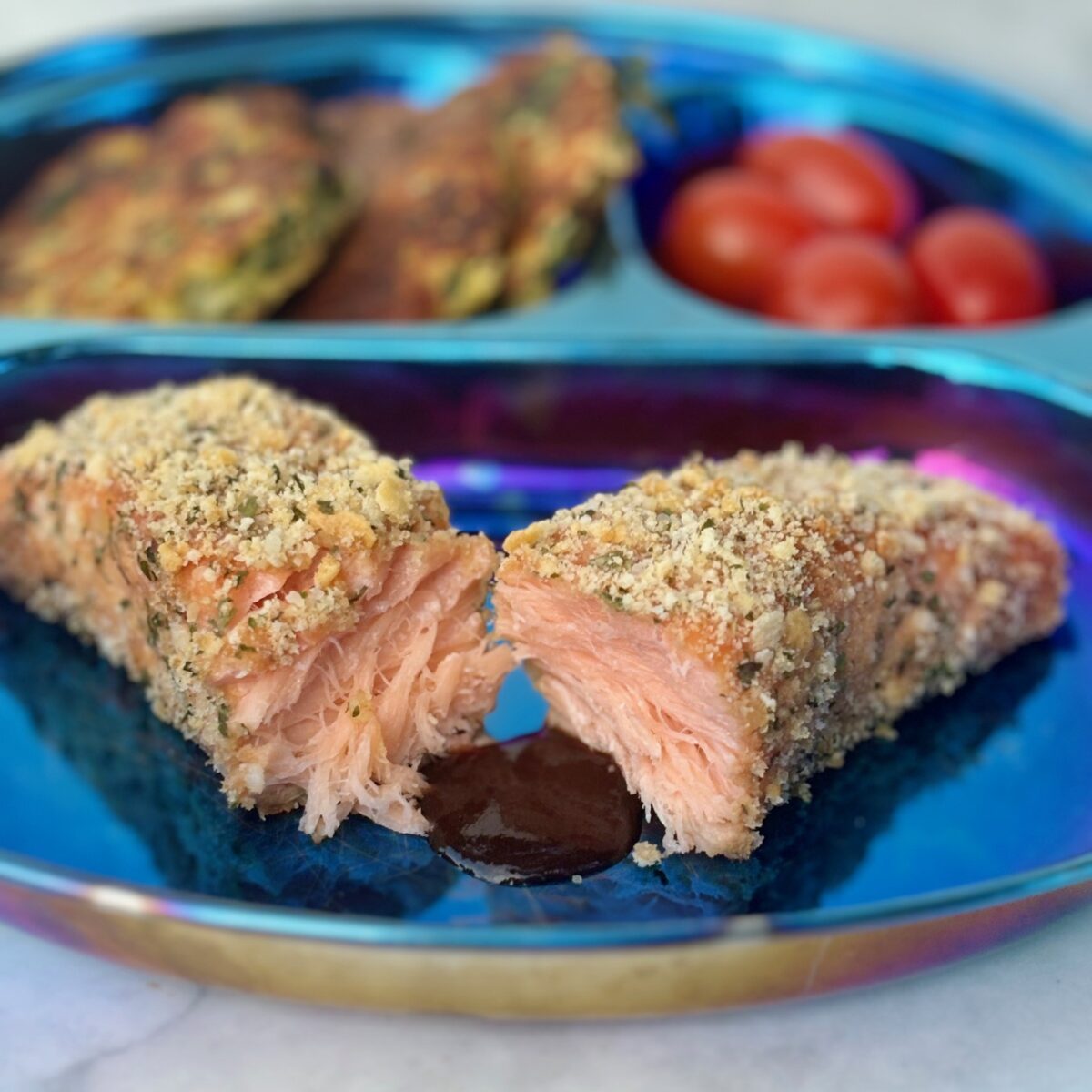


User Reviews
This was fantastic–and I’m saying that after using turkey meat. Loved all the warm spices and crispy edges but really loved that my kiddo ate this up. Will make it again.